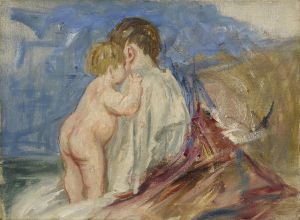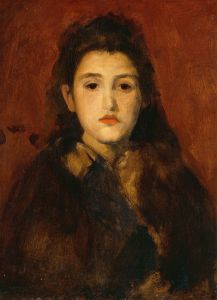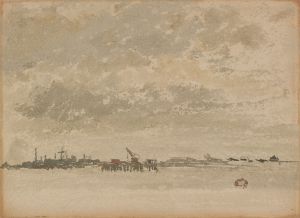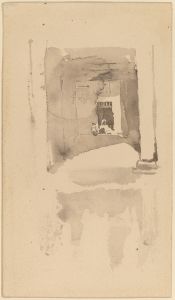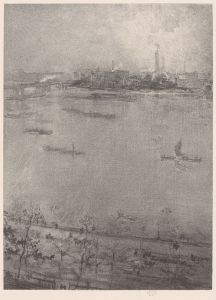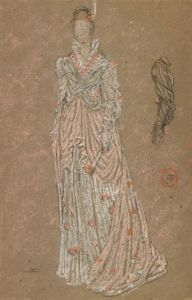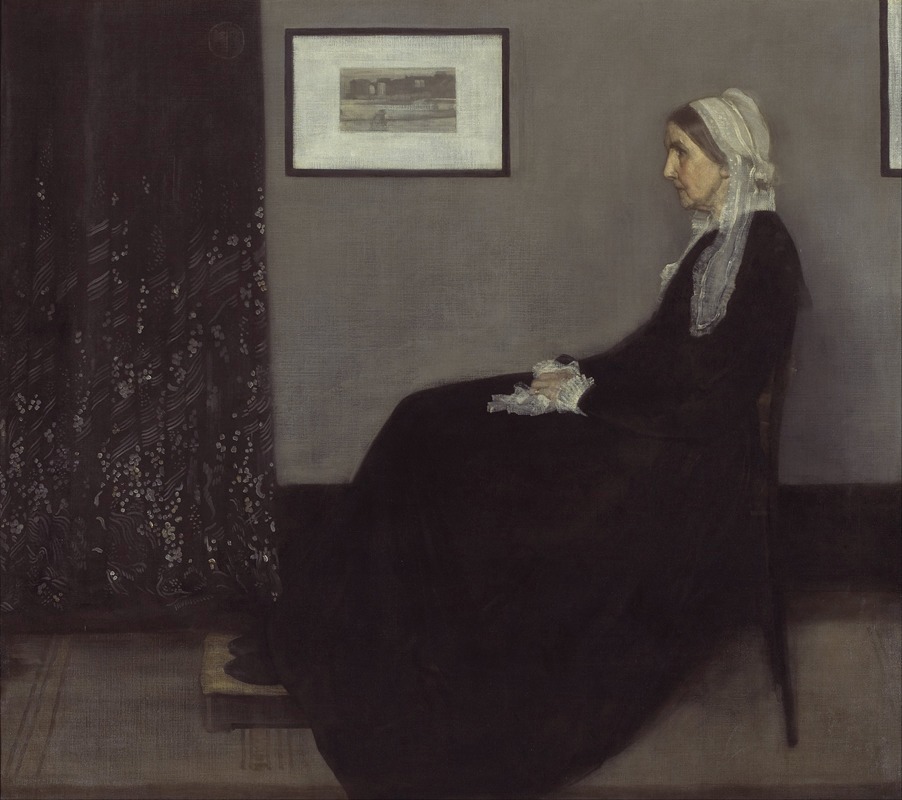
Portrait Of The Artist’s Mother
A hand-painted replica of James Abbott McNeill Whistler’s masterpiece Portrait Of The Artist’s Mother, meticulously crafted by professional artists to capture the true essence of the original. Each piece is created with museum-quality canvas and rare mineral pigments, carefully painted by experienced artists with delicate brushstrokes and rich, layered colors to perfectly recreate the texture of the original artwork. Unlike machine-printed reproductions, this hand-painted version brings the painting to life, infused with the artist’s emotions and skill in every stroke. Whether for personal collection or home decoration, it instantly elevates the artistic atmosphere of any space.
James Abbott McNeill Whistler's "Portrait of the Artist's Mother," commonly known as "Whistler's Mother," is one of the most famous works of American art. Painted in 1871, the artwork's official title is "Arrangement in Grey and Black No. 1." This oil on canvas painting is a striking example of Whistler's commitment to tonal harmony and his interest in the aesthetic arrangement of color and form.
The painting depicts Whistler's mother, Anna McNeill Whistler, seated in profile against a simple, grey-toned background. She is dressed in a black gown with a white lace cap and collar, exuding an air of quiet dignity and calm. The composition is notable for its simplicity and restraint, emphasizing the harmony of color and form rather than the subject's personal characteristics. Whistler's approach reflects his belief in "art for art's sake," a philosophy that prioritizes aesthetic experience over narrative content.
"Whistler's Mother" was created during a period when Whistler was living in London. The painting was initially met with mixed reviews when it was first exhibited at the 104th Exhibition of the Royal Academy of Art in London in 1872. Some critics appreciated its subtlety and tonal harmony, while others found it austere and lacking in detail. Despite the initial mixed reception, the painting has since become an iconic image, often compared to the Mona Lisa in terms of its cultural significance.
The painting's composition is carefully balanced, with the figure of Whistler's mother positioned slightly off-center. This asymmetry is countered by the framed print on the wall behind her, which adds depth and interest to the background. The use of a limited color palette of greys and blacks is characteristic of Whistler's style, emphasizing the formal qualities of the painting over representational detail.
"Whistler's Mother" is housed in the Musée d'Orsay in Paris, where it remains a highlight of the museum's collection. The painting's journey to the Musée d'Orsay is a testament to its enduring appeal and significance. It was acquired by the French state in 1891, reflecting Whistler's international reputation and the painting's acceptance as a masterpiece of modern art.
The painting has been widely reproduced and referenced in popular culture, further cementing its status as an iconic work. It has appeared in films, literature, and even postage stamps, symbolizing motherhood and the universal themes of family and respect.
Whistler's innovative approach to portraiture and his emphasis on the aesthetic arrangement of color and form have influenced generations of artists. "Whistler's Mother" remains a powerful example of his artistic vision and continues to be celebrated for its beauty and simplicity.







